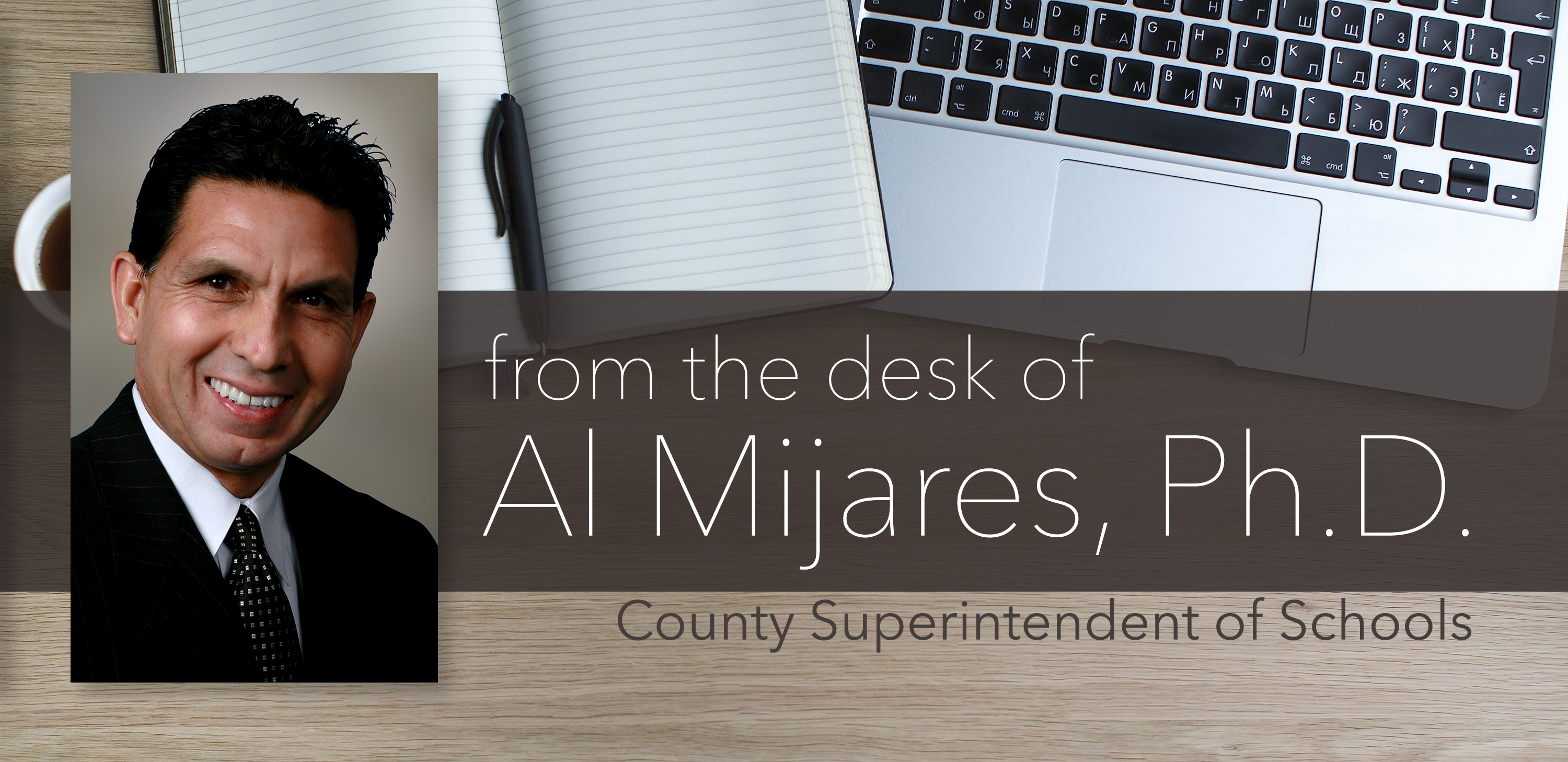When California adopted the Next Generation Science Standards in 2013, the goal wasn’t simply to generate more doctorates in chemistry, physics and biology.
The intent was to create a more scientifically literate society, where people better understand the world around them and are able to think critically to find solutions to everyday problems. The shift was also designed to ensure that U.S. students remain globally competitive in careers reliant on science, technology, engineering and math, or STEM.
 Seven years later, these new standards are showing a lot of promise in a world transformed by technology. Still, plenty of work lies ahead.
Seven years later, these new standards are showing a lot of promise in a world transformed by technology. Still, plenty of work lies ahead.
If you’re not familiar with the Next Generation Science Standards, they were developed by states in collaboration with the National Research Council, the National Science Teachers Association, the American Association for the Advancement of Science and other partners to map out the scientific knowledge and skills that all K-12 students should possess — and they differ quite a bit from their late ’90s predecessors.
Rather than calling for lectures and step-by-step instructions to find the one “correct” answer, NGSS standards were written to inspire students to launch their own investigations and to develop scientific models to explain different phenomena.
For example, third-graders still study how plants start off as seeds, how animals in the forest adapt to their environment and how weather changes with the seasons. But NGSS dives deeper by empowering students to ask their own questions, analyze data, collaborate, take intellectual risks, defend their findings and communicate what they’ve learned.
Research shows students not only prefer to learn this way, they remember these lessons better and are more willing to embrace rigorous content. They’re also more likely to pursue careers in STEM fields.
The Next Generation Science Standards also demonstrate the interconnectedness between subjects that were once taught in silos. Moreover, there are certain “cross-cutting concepts,” such as patterns and the notion of cause and effect, that have applications across all domains. Cross-cutting concepts are in fact one of the three dimensions of science learning, along with disciplinary core ideas and science and engineering practices.
With a special emphasis on both environmental literacy and the application of technology, NGSS is engaging students of all abilities by nurturing their innate curiosity. It’s rewarding work for both students and educators, but that doesn’t mean it’s been easy.
Science teachers in California have had to dramatically transform their lessons, and because NGSS leverages the interconnectedness of science, some have had to re-learn disciplines they haven’t studied in years. For example, under the preferred integrated middle school model, a teacher who had been teaching eight-grade physical science for 15 years must integrate all of the disciplines, including physical, life, and Earth and space science.
Another challenge is that elementary schools in some districts extend to grade six, meaning they now have to bolster their science offerings to meet more rigorous sixth-grade science standards. Then there’s the fact that changing any standards across multiple grade spans is a bit like remodeling an airplane mid-flight.
The Orange County Department of Education recognizes these obstacles and has an all-star team in place to address the needs of our local districts. Since the NGSS adoption, OCDE’s staff of educational leaders has traveled to schools and districts across the county to lead trainings and offer resources. The department has also hosted NGSS workshops, along with a rollout event and a materials fair, at our campus in Costa Mesa.
Our work will evolve as we continue to track results from the new California Science Test, or CAST. First piloted in 2018, this assessment will give us a better idea of where we’re at and how we can improve each year.
In California and throughout the country, science instruction is moving away from the old paradigm of telling students what to do and what to see. Students are instead engaged with more open ended questions like, “What do you see?” and “What can we do with that?”
Today, it’s not just about knowing science. It’s about living science, understating our place in the world, and embarking on the journey of curious discovery and problem-solving that will continue throughout our lives.
